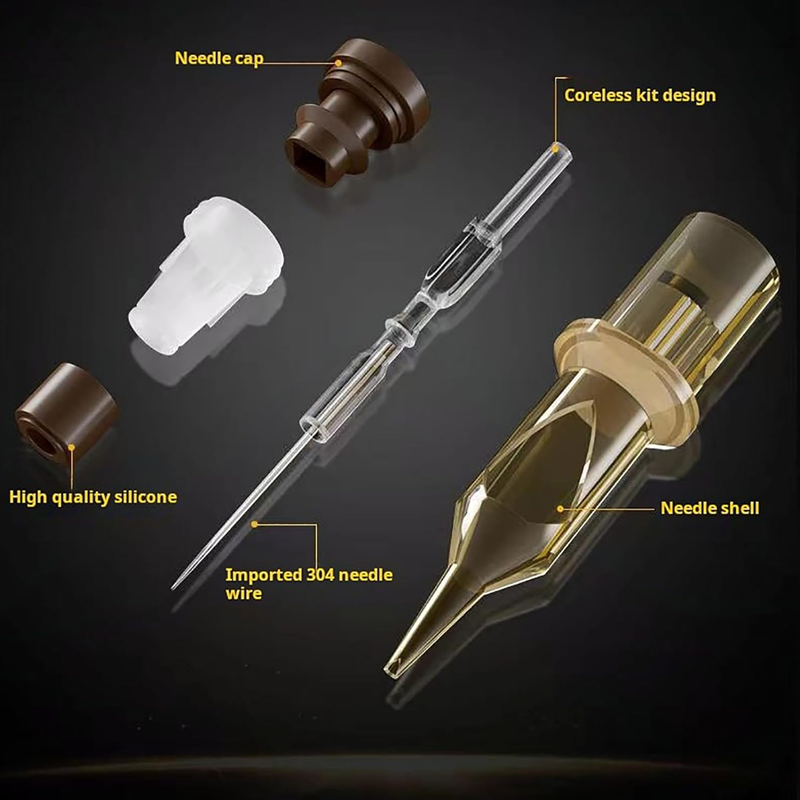
How does a tattoo cartridge's safety membrane work?
Share
A tattoo cartridge's safety membrane is a critical component designed to prevent cross-contamination and protect both the tattoo machine and the client. Here's how it works and why it's important:
🔧 How It Works
Inside the tattoo cartridge, there is a thin rubber or silicone membrane that sits between the needle mechanism and the part that connects to the machine.
Key Functions:
-
Seals the Needle Drive Shaft:
-
When the machine operates, the needle moves up and down.
-
The safety membrane creates a barrier that allows the needle to move, but prevents ink, blood, and bodily fluids from traveling upward into the machine grip or motor.
-
-
One-Way Barrier:
-
The membrane is designed to allow downward motion only for fluid.
-
Any fluid or airborne contaminants are stopped from being sucked back into the cartridge system, which can happen due to the vacuum effect during operation.

-
🛡️ Why It Matters
-
Prevents Cross-Contamination:
-
Stops fluids from being transferred between clients, especially if the same machine is reused.
-
-
Protects the Machine:
-
Keeps ink and biological matter out of the machine's inner workings, extending its lifespan and reducing infection risk.
-
-
Hygienic Compliance:
-
Safety membranes help artists meet health regulations and standards in professional tattooing.
-
🔍 Not All Cartridges Are Equal
-
Cheap or generic cartridges may lack a proper safety membrane or have one that tears easily or fails under pressure.
-
Professional artists often prefer well-known brands (e.g., Cheyenne, Kwadron, Bishop DaVinci) that guarantee built-in safety membranes for better hygiene and reliability.

